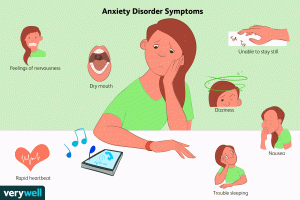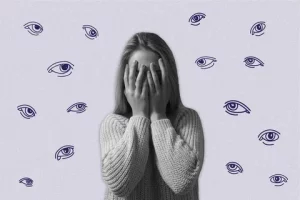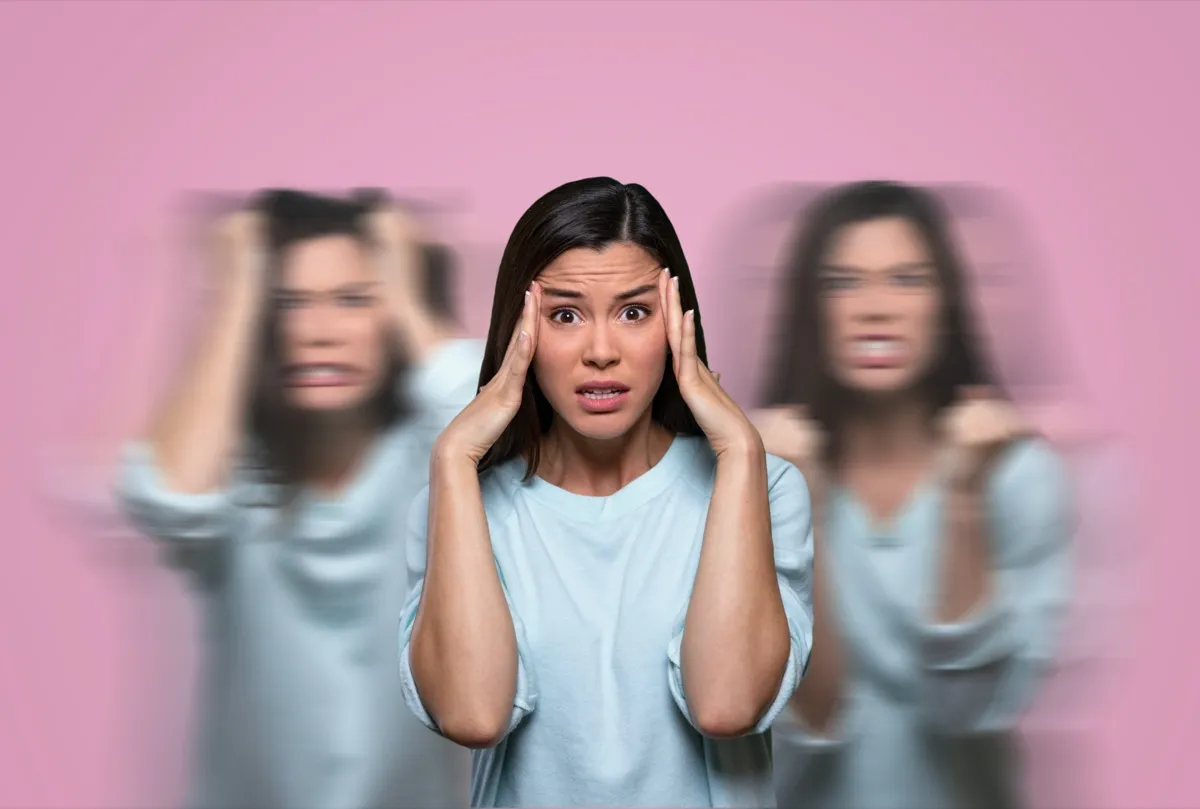What is Anxiety?
Anxiety is a natural emotion, but it can lead to physical symptoms such as shaking and sweating. Anxiety disorders, a category of mental health diagnoses, involve excessive nervousness, fear, and worry. This article explores the symptoms, causes, and treatments for anxiety.
Anxiety and Its Forms
Anxiety is a complex response to real or perceived threats, involving cognitive, physical, and behavioral changes. When anxiety becomes a disorder, it can significantly impact daily functioning. Various anxiety disorders include Generalized Anxiety Disorder (GAD), Panic Disorder, Specific Phobia, Agoraphobia, Selective Mutism, Social Anxiety Disorder, and Separation Anxiety Disorder.
Symptoms of Anxiety
- Restlessness
- Uncontrollable worry
- Increased irritability
- Difficulty concentrating
- Sleep difficulties
These symptoms may persist at extreme levels in individuals with GAD.

Diverse Forms of Anxiety
The Diagnostic and Statistical Manual of Mental Health Disorders: 5th Edition, text revision (DSM-5-TR) classifies anxiety disorders into distinct types, each presenting with unique characteristics.
Generalized Anxiety Disorder (GAD)
Characterized by excessive, long-lasting anxiety and worry about nonspecific life events, GAD is the most prevalent anxiety disorder, often with unidentified triggers.
Panic Disorder
Brief or sudden attacks of intense terror and apprehension define panic disorder, accompanied by physical symptoms like shaking, confusion, and breathing difficulties.
Specific Phobia
This involves a profound fear and avoidance of specific objects or situations, unrelated to other anxiety disorders.
Agoraphobia
A fear and avoidance of places or situations perceived as challenging to escape from or where help might be unavailable, often misunderstood as a phobia of open spaces.
Selective Mutism
Primarily observed in children, this anxiety form inhibits speaking in specific contexts despite proficient verbal communication skills.
Social Anxiety Disorder
Fear of adverse judgment in social situations characterizes this disorder, encompassing stage fright, fear of intimacy, and anxiety related to humiliation and rejection.
Separation Anxiety Disorder
Characterized by heightened anxiety after separation from sources of security, commonly observed in young children.

Treatment Approaches
Psychotherapy, Behavioral Therapy, and Medication
Treatment often integrates psychotherapy, behavioral therapy, and medication. Cognitive Behavioral Therapy (CBT) is a cornerstone, aiming to identify and modify harmful thought patterns. Medications such as antidepressants and benzodiazepines may be prescribed, with careful consideration of potential side effects and addiction risks.
Self-Treatment Strategies
In milder cases, self-treatment strategies, including stress management, relaxation techniques, maintaining support networks, and physical exercise, can be effective. However, severe or prolonged anxiety disorders may necessitate professional intervention.
Prevention Strategies
Reducing the risk of anxiety disorders involves lifestyle changes, including:
- Reducing caffeine intake
- Consulting health professionals before using remedies
- Maintaining a balanced diet
- Ensuring regular sleep patterns
- Regular exercise
- Avoiding alcohol, cannabis, and recreational drugs

FAQs on Anxiety
What coping skills help with anxiety?
- Taking a time-out
- Eating well-balanced meals
- Limiting alcohol and caffeine
- Getting enough sleep
- Exercising daily
- Deep breathing exercises
How to calm down anxiety?
Practicing breathing exercises, such as deep breaths in through the nose and out through the mouth, can help calm anxiety.
What makes anxiety worse?
Stressful life events and sleep deprivation can worsen anxiety. Alcohol and caffeine consumption may also trigger panic attacks.
Should a person see a primary care doctor or psychiatrist for anxiety?
Both options are viable. Primary care doctors can handle mild to moderate cases, while severe or complex conditions may require the expertise of a psychiatrist.




